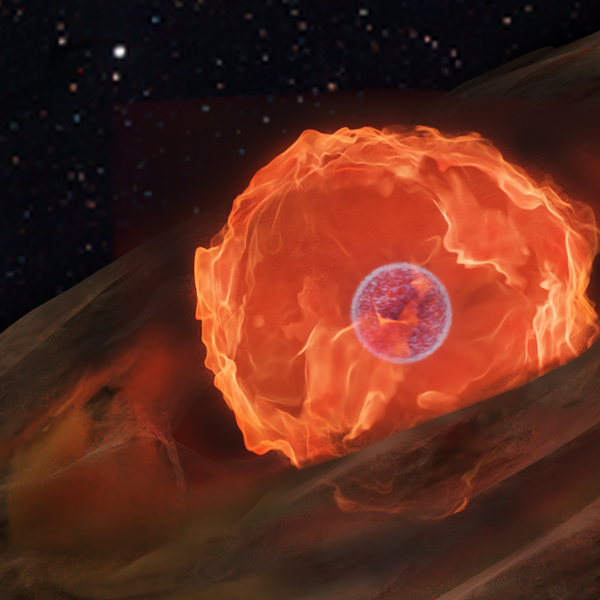Research topics
X-ray Surveys
We are deeply involved in the design and scientific exploitation of the eROSITA all-sky surveys. eROSITA is the main instrument on SRG (Spektrum-Roentgen-Gamma), which was launched in July 2019 as a German-Russian collaborative project. In December 2019 the first of planned 8 all-sky surveys was started. It will outperform all past X-ray surveys and allow comprehensive population studies of all kinds of galactic and extragalactic X-ray emitters. Follow-up of new X-ray sources with SDSS und 4MOST is planned.
X-ray binaries
Cataclysmic Variables (CVs) are compact, short period, interacting binaries with a white dwarf as the primary star. We are interested in populations studies and on the detailed physical interaction scenarios between the two stars in the binary. We use spectral and temporal information from X-ray missions like XMM-Newton and eROSITA to uncover new systems with mass transfer onto the compact stellar remnant and attempt an understanding of the physical mechanisms. The Milky Way Mapper project (MWM) in SDSS-V is instrumental to identify the complementary samples of compact white-dwarf binaries without mass transfer. The combination of all surveys will hold the key to solve the evolution of compact white-dward binaries.
Isolated Neutron Stars
Isolated Neutron stars are a new class of soft X-ray emitters discovered by ROSAT. They show unique properties that attract a lot of follow-up studies over the last decades: a very soft, thermal X-ray spectrum with very little interstellar absorption, no obvious sign of magnetospheric emission, and no association with a supernova remnant. Despite the expection to find thousands of those objects in the ROSAT all-sky survey, to date only seven could be uniquely identified, now termed the Magnificent Seven. The great interest in those sources arose from the fact, that these stars offer the unique opportunity to study a neutron's star surface uncontaminated from any other emission. There is hope, that those stars help to derive constraints on the equation-of-state of ultradense matter. Several projects with eROSITA are underway to study those objects.
Galactic dust scattering haloes

Giant dust scattering ring around the transient Black Hole candidate MAXI J1348-630
Credit: eROSITA collaboration / AIPDust scattering halos can occur when the light from a distant X-ray source hits a dust layer on its way to Earth, e.g. in a spiral arm of our Milky Way. The light is then scattered, i.e. it is deflected from the original direction of propagation. If the background light source shines continuously, a more or less structureless nebula is formed. If the background light is short-lived, a flash light so to speak, a ring is formed as an echo of the scattering process. The scattered light covers a longer path than the directly emitted light. From the scattering geometry, distances to the light source and to the scattering medium can be determined with high precision.


